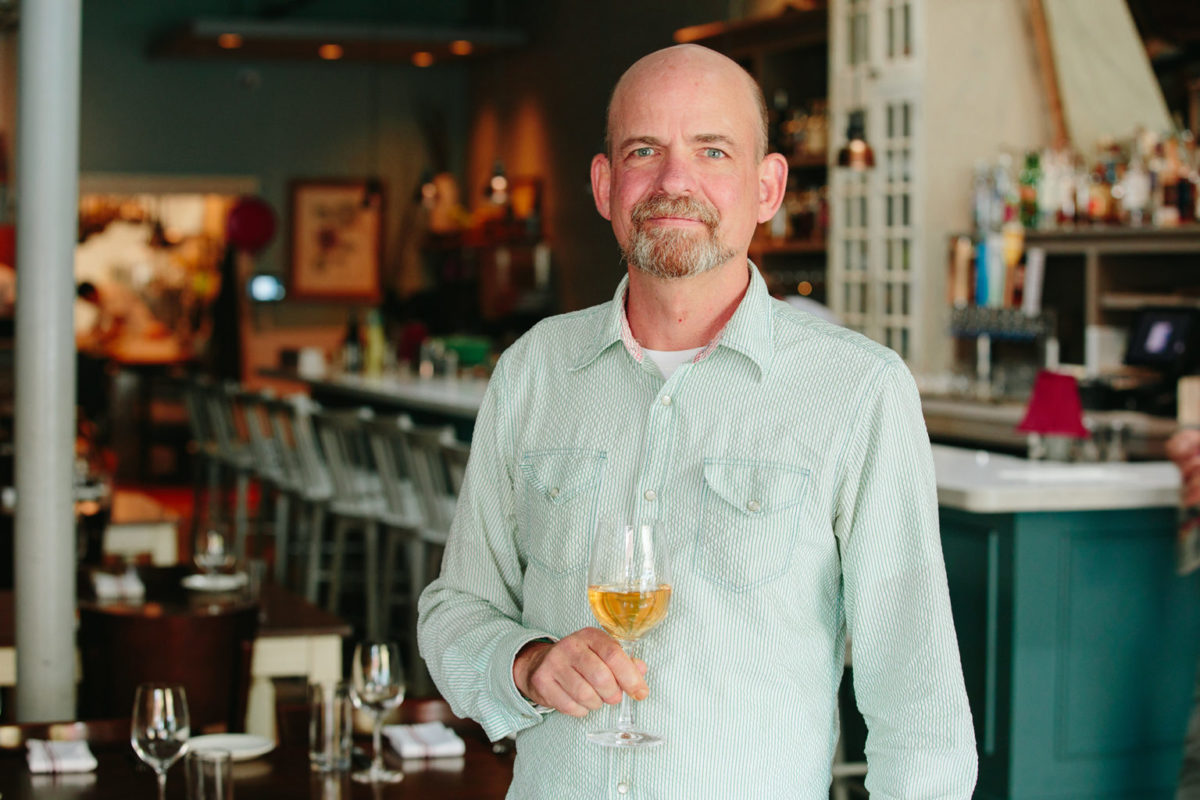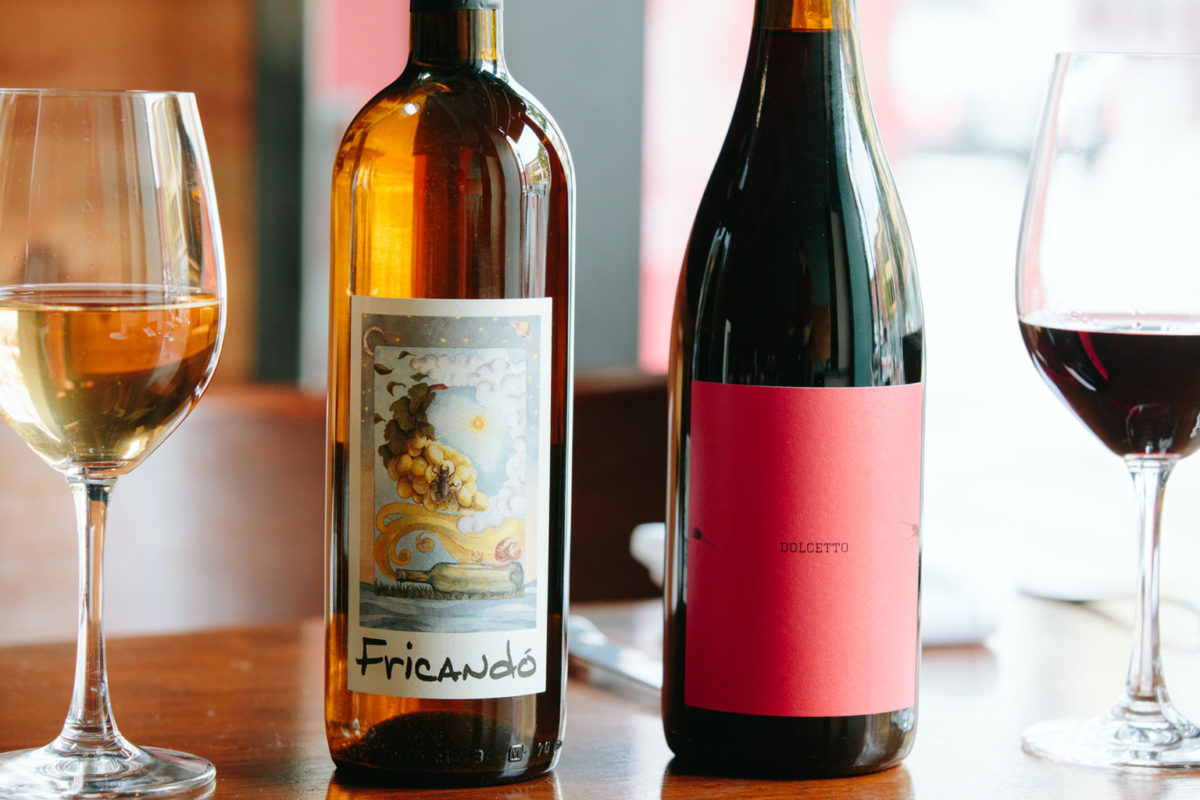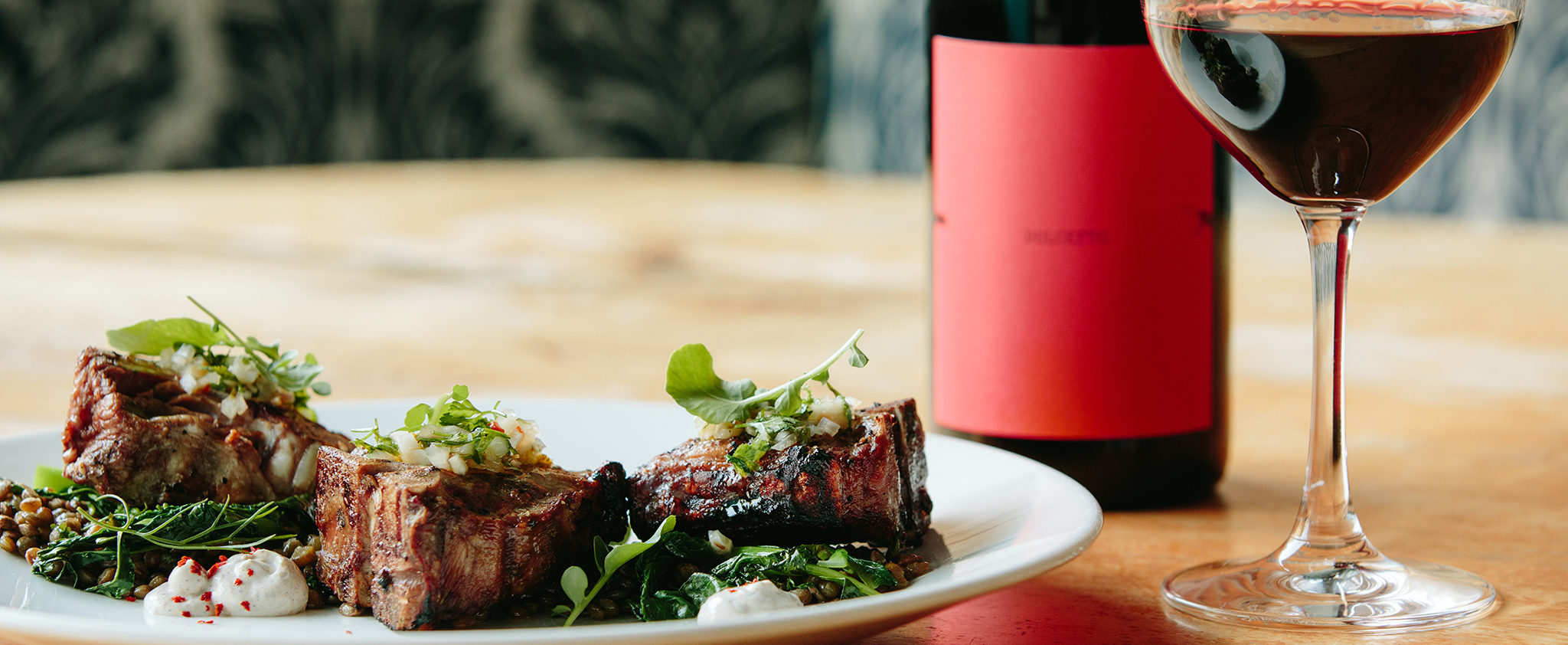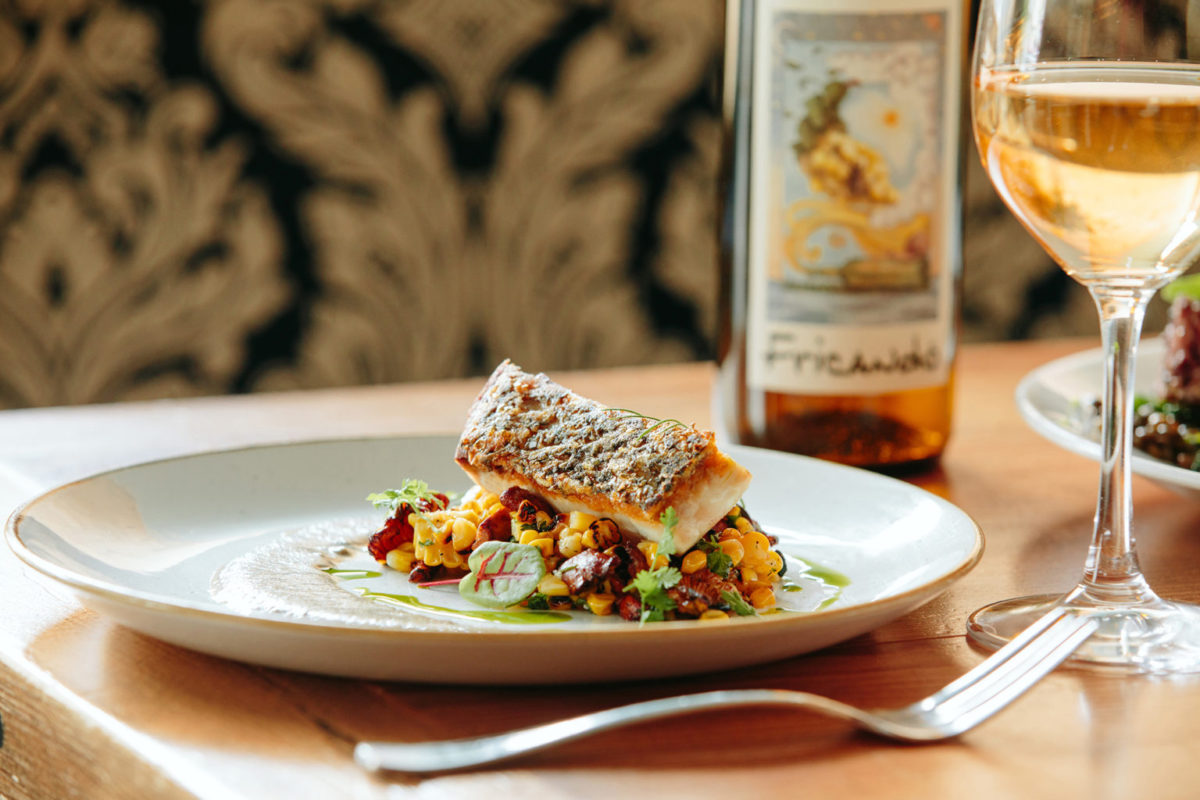
Peter J. Nelson · Puritan & Company

Jodie Battles · Toro, Coppa, & Little Donkey
Lauren Hayes · Pammy's
Curious about restaurant wine lists? Each month, Boston Globe wine columnist Ellen Bhang chats with a sommelier about a couple of terrific bottles and recommends food pairings—you come away a savvier sipper.
Peter J. Nelson has tasted an impressive array of wines over the last 30-plus years. But the wine director of Puritan & Company is quick to single out a bottle of Burgundy, the catalyst for what he calls his “eureka moment.”

It was 1982, and the occasion was Nelson’s 20th birthday dinner. The setting was the Newport, Rhode Island restaurant where he and his brother both worked. By day, Nelson was a cook; at night, he waited tables. That evening, the bottle uncorked for the celebration proved to be revelatory.
“It was something I had never experienced before,” says Nelson, recalling a 1978 premier cru crafted by Domaine Comte Armand. It was made from pinot noir grown on a prestigious parcel of land called Clos des Épeneaux, located in the village of Pommard in the region of Côte de Beaune. “It kept opening up,” he explains, still marveling at how aromas and flavors of the ripe-yet-structured red evolved in the glass. “It made me think I would always be where the wine was.”
That thought foretold the future. Wine continued to be Nelson’s passion whether he worked as a bartender, a restaurant general manager, or an independent consultant—just a few of the jobs that appear on his CV. In the late ‘80s, he moved to Boston and worked as maître d’ at chef Lydia Shire’s Locke-Ober, now Yvonne’s, in Downtown Crossing. Later, he taught wine classes at the Boston Center for Adult Education.
His energy is unflagging. “One of the reasons why I love what I do is that it’s like hosting a party every single night,” he says. “Puritan & Company is so strong on hospitality. I want every guest to be happy and satisfied.”

Novices and oenophiles alike can rest assured knowing that Nelson is on hand to guide them through the 200-bottle list. He’s happy to make recommendations that suit the mood and complement chef Will Gilson’s modern New England fare.
The wine director is effusive about Anthill Farms Winery, calling its producers “super-duper pinot noir specialists.” But that team also makes a 2016 dolcetto called “Paola’s Vineyard,” crafted from fruit grown high in the Mayacamas Mountains in Sonoma’s Knights Valley. The red’s herbal character echoes the kitchen’s ample use of aromatics sourced from The Herb Lyceum, chef Gilson’s family farm in Groton, Massachusetts. “It’s very summer-into-fall,” says Nelson. “It’s not weighty, but it has stuffing.” The pour’s lively flavors, tannins, and saturated hue make it exceptional with a Roasted Lamb T-Bone, served with French lentils, rapini, spiced yogurt, and tangy salsa verde. “It’s kind of perfect,” he declares.

In northeastern Italy’s Emilia-Romagna, a small family farm called Al di là del Fiume—which translates to “the farm beyond the river”—cultivates albana, an ancient white varietal that’s frequently made into sweet wine. To produce a 2016 bottle named “Fricandó,” the skins of biodynamically grown grapes are left to soak and ferment with the juice in Tuscan clay amphorae. This process results in an amber-hued pour with plenty of texture. Notes of peach, apricot, and melon combine with an earthiness that makes the dry wine delectable with Striped Bass. Grilled corn and charred onion soubise complete the presentation. The substantial plate, punctuated by sweet and smoky notes, finds its match in the full, rich wine. It often takes guests by surprise.
“There are little bits of ‘aha’ with every sip,” Nelson enthuses.











